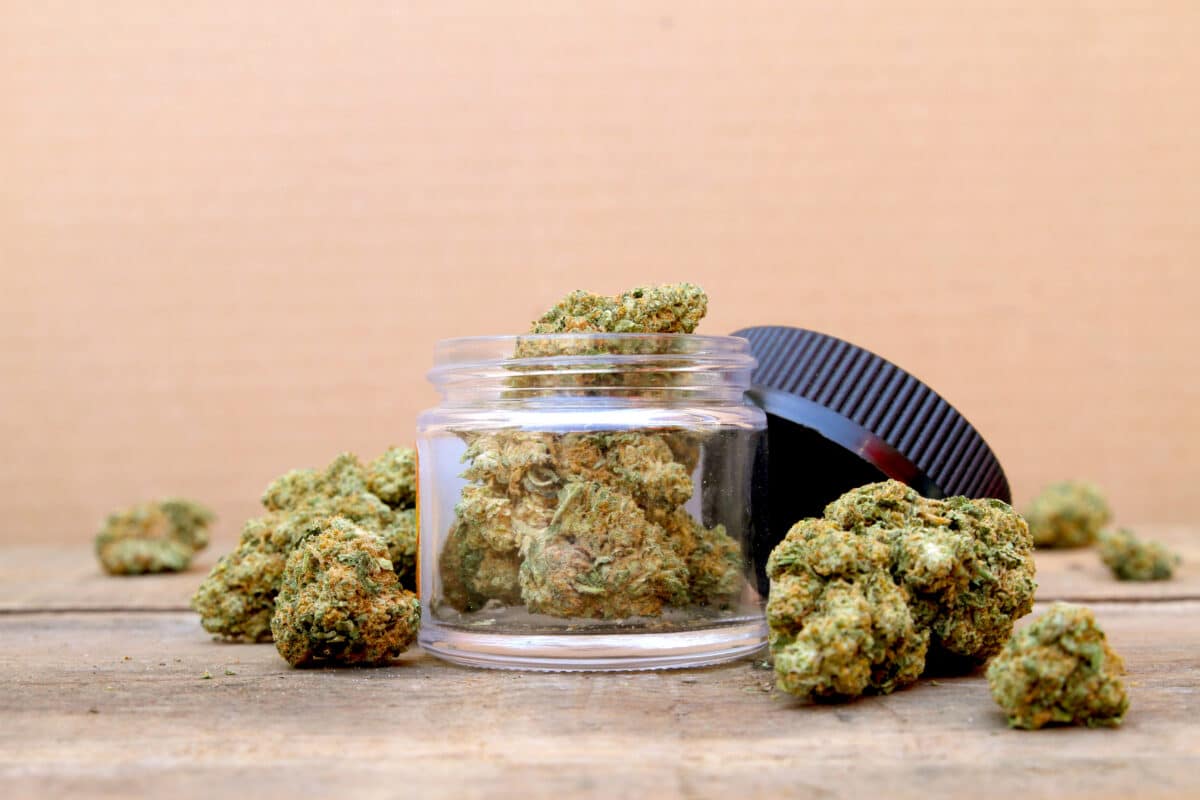
THCA, or tetrahydrocannabinolic acid, is a non-psychoactive compound found in cannabis plants that has gained popularity for its potential health benefits. As more research is conducted on the medicinal properties of THCA, many cultivators are seeking to grow their own supply of this valuable cannabinoid. However, cultivating THCA-rich cannabis plants can be a challenging process that requires careful attention to detail and adherence to best practices.
One of the first steps in successfully growing THCA-rich cannabis plants is selecting the right strain. Not all cannabis strains produce high levels of THCA, so it’s important to choose a variety that is known for its potency. Some popular strains that are high in THCA include ACDC, Cannatonic, and Harlequin.
Once you have selected your strain, it’s time to start the cultivation process. Like any other plant, cannabis requires proper lighting, water, nutrients, and temperature control in order to thrive. When growing thca-rich plants specifically, it’s important to pay close attention to these factors in order to maximize THC production.
Lighting is perhaps one of the most crucial aspects of successful cultivation. Cannabis plants require a specific light spectrum in order to produce high levels of THC. Many growers opt for full-spectrum LED lights or high-pressure sodium (HPS) lights to provide their plants with the ideal lighting conditions.
In addition to proper lighting, water and nutrient management are also key components of successful cultivation. Cannabis plants need ample hydration and nutrients in order to grow healthy and strong. It’s important not to overwater your plants or use too many nutrients as this can lead to nutrient burn or other issues that may hinder THC production.
Temperature control is another important factor when growing THCA-rich cannabis plants. These plants thrive in temperatures between 70-85 degrees Fahrenheit during the day and slightly cooler temperatures at night. Maintaining consistent temperatures throughout the growth cycle will help ensure optimal THC production.
As your cannabis plants continue to grow and develop, it’s essential to monitor them closely for any signs of pests or disease. Infestations can quickly derail your cultivation efforts if left unchecked so be sure to regularly inspect your plants for any abnormalities.
In conclusion, cultivating THCA-rich cannabis plants requires careful attention and dedication but with the right knowledge and resources success is within reach. By selecting the right strain, providing proper lighting, water/nutrients management , temperature control ,and monitoring for pests/disease you can increase your chances of producing high-qualityTHC-A rich buds .








